Research Topics
Research Topics
Aerostructures
The aerostructures research theme covers all the aspects of airframe development from conceptual structural design to manufacturing and certification. In particular three different aerostructures topics are investigated as part of the ABS research vision:
-
- Structural Design, covering non-conventional composite design, development of design and sizing tools for airframe configuration selection and assessment and concurrent design approaches for manufacturing, assembly and certification.
-
- Structural Optimisation, analysing optimisation strategies and optimal design methods to meet the airframe strength, stability, stiffness, damage tolerance, manufacturability, cost, serviceability requirements with lightweight efficient structures
-
- DT Virtual Certification, investigating aspects of virtual testing and certification by developing damage evolution simulation and prediction methods in the frameworks of damage mechanics, fracture mechanics, durability and DT performance assessment.
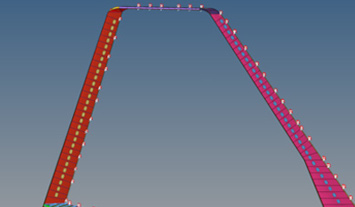
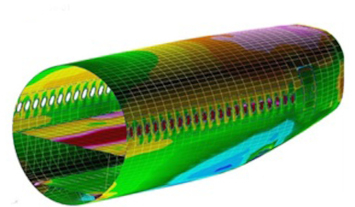
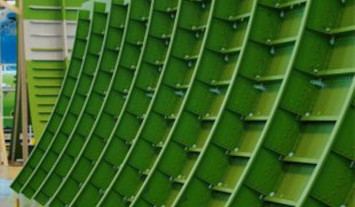
Aircraft Design and MDAO
In this line of research we study solutions for a more sustainable and greener aeronautics. Those concern new unconventional aircraft configuration and new methodologies for optimization. In terms of unconventional aircraft architectures, we focus on Joined Wings and Hybrid/Electric Airplanes. In order to properly exploit the potentials of such configurations, Multidisciplinary Design and Optimization (MDO) processes are employed.
Even for classic cantilever wing configurations, reducing time-to-market is a priority; we pursue it performing optimizations that retain, ab initio, certification and manufacturing constraints.
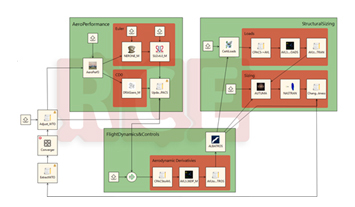
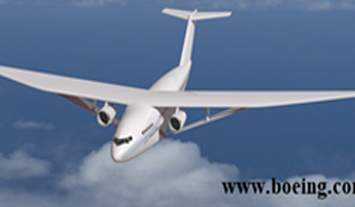
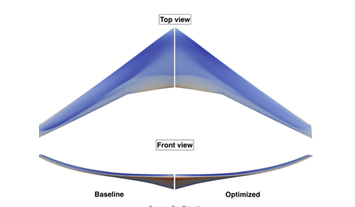
Main topics within this line can be found following the provided links:
Flight Physics
Within Flight Physics, we focus on aeroelastic and aerodynamic phenomena.
-
- Aeroelasticity of unconventional configurations is challenging as no previous experience can guide the design, and, being relatively unknown, it critically lowers industrial interest. For this reason, aeroelastic analyses need to reproduce the physics at a higher fidelity level. For example, many new configurations exhibit aeroelastic and flight dynamic coupling, with relevant consequences on aeroelastic instabilities onset and maneuverability qualities.
-
- Nonlinear aeroelasticity and corrections. The large deflections of highly-deformable wings and the transonic regime represent two sources of nonluinearities that need to be reproduced in the simulation. Introducing higher-fidelity analyses ab initio can in some cases still be untractable; hence, correction methods are an important addition.
-
- Loads and active suppression. In the case that the penalty introduced to guarantee structural integrity are too big, aeroelastic active and passive suppresion and load control means, e.g., active flutter suppression, can be employed.
-
- Aerodynamic Shape Optimization. Aerodynamic efficiency is one of the key parameters driving cost-effectiveness and pollution. Hence, aerodynamic optimization represents a must for modern aircraft.
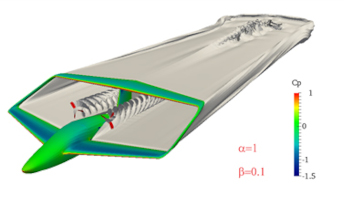
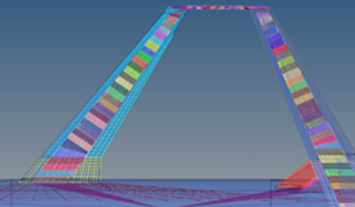
Main topics within this line can be found following the provided links:
